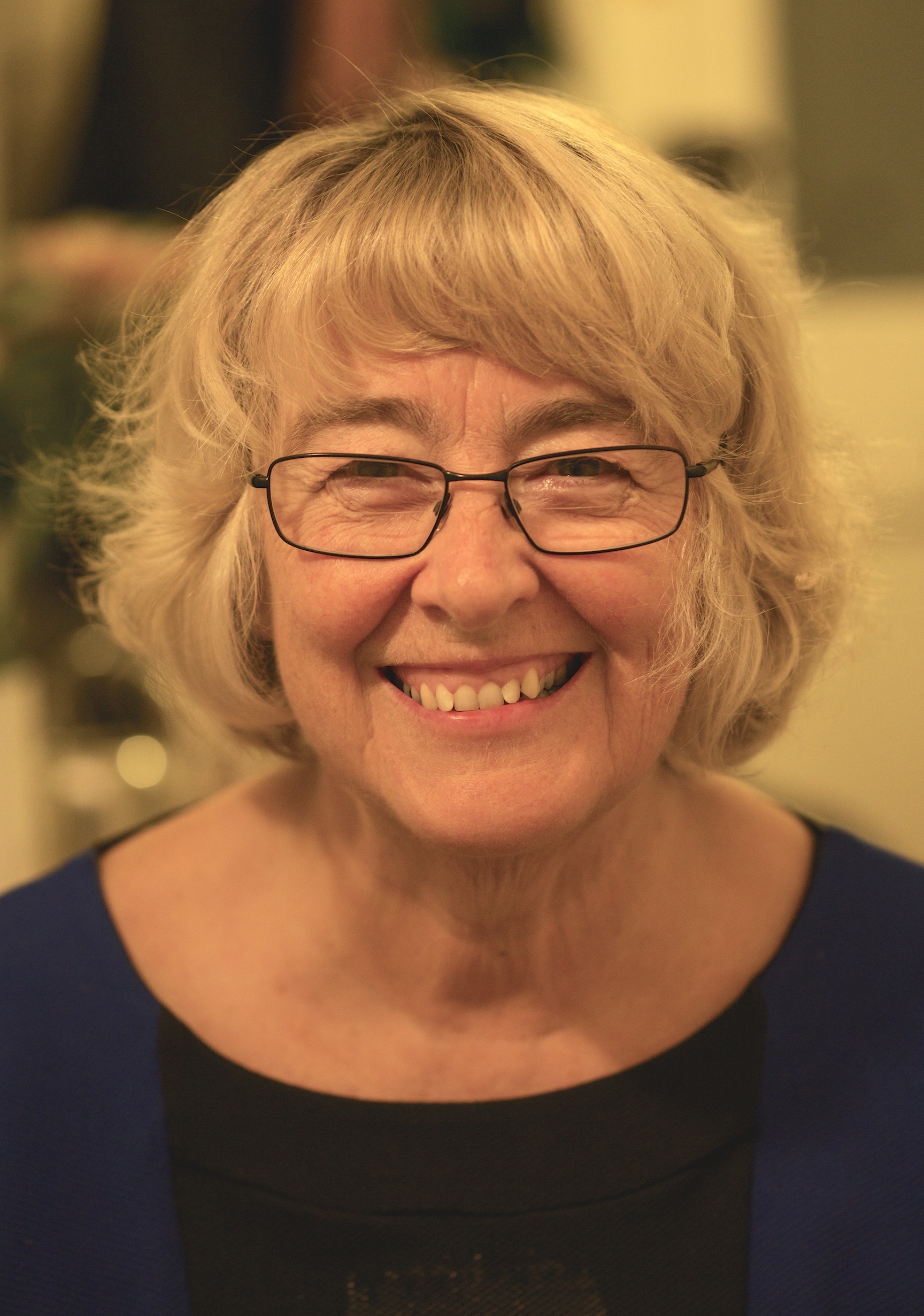A researcher’s career can take many different pathways. We spoke to Irene Leigh, a leader in the field of dermatology and non-melanoma skin cancer research, about her career highlights, progression and research within the field of dermatology:

Tell us a bit about your career?
"I’m a dermatologist by training and didn’t enter research until pretty late in my training. When I became a senior registrar, there was quite a lot of interest in keratinocyte biology, a new technology at that time. I was very lucky to be attached to a laboratory at the Imperial Cancer Research Fund, which was one of the few laboratories growing keratinocytes then, and so I learnt how to grow them. During this period, I started collaborating with Birgit Lane, who had shown that monoclonal antibodies could be used to distinguish cell subtypes in tissues like skin. When I became a consultant dermatologist at the London hospital, ICRF set up a small laboratory to research skin cancers, which grew into a big lab by the late 1990s and a leading centre for cutaneous research within the UK.
In 1995, there was a merger between the London Hospital Medical College, Barts Hospital Medical College and Queen Mary and Westfield College. My laboratory was flourishing by this point and there were a lot of people running their own small groups, so I was appointed as the first Research Dean of the joint medical school. After this, I was head hunted to be Vice Principal of Dundee University for Medicine,Dentistry and Nursing. I was lucky enough to take some of my research funding with me and was given some time to come down to London for my research, so I was able to keep working with the London lab during that time. During this period,I also became the Vice-Principal for research at Dundee. In 2017, when the Programme Grant ended, I moved back to QMUL, although I was still maintaining a research professorship in Dundee. I am currently the Dean for Global Engagement (SMD) at QMUL to develop international research and education programmes whilst continuing with my own research."

What did your research career involve?
"My laboratory at the London Hospital had three areas of focus:
- Producing Monoclonal antibodies
One of our main initial areas of
focus was to create antibodies to try to identify different skin cell types. In
the early days we had to use crude extracts to create monoclonal antibodies as
the proteins had not been cloned and sequenced (later we were able to use
peptides). We would screen hybridoma clones against tissue sections as we were
trying to identify antibodies for diagnosis as well as experimental work. One
of the most interesting antibodies we found – to my mind at least - identified
a protein in the basement membrane of the skin called collagen VII. From this,
we were able to show that this collagen VII was missing in children with a
recessive genetic disorder called Recessive Dystrophic Epidemolysis Bullosa. This
is a very life limiting disease as children blister from birth and have a very
painful life. Although this was a by-product of the work we were doing, it
turned out to be an important discovery.
Find out more about this antibody. Another interesting antibody that we created was LP34, which was a good antibody
for detecting cancers of epithelial origin – which reacted with keratins (a
family of proteins expressed in epithelial cells and many cancers).
- Researching genetic diseases and cancer genetics
We managed to identify the causative genes for a large number of hereditary skin diseases – probably more than 16, which made a big difference in our understanding of ways to diagnose and treat these diseases (this part of our research focus was funded by the Wellcome Trust). We had also been caring for and studying skin cancer patients, who having had renal transplants, were immunologically suppressed. So, much of our work in the laboratory has been trying to understand the development of non-melanoma skin cancers (this work was supported by Cancer Research UK). Most recently our skin cancer research has focused on the genomics and transcriptomics of squamous cell cancers to try and identify tumours that are at a high risk of metastasis and produce diagnostic tests for clinical use.
- Working on tissue engineering
Because we were working on keratinocyte cells, we were able to grow sheets of skin cells to treat patients who had been burnt or injured. We did a lot of work on developing skin grafts in animal models and clinical trials to improve “keratinocyte grafts” for patients."

Which part of your research career are you most proud of and why?
"Whilst working on researching genetic diseases, we managed to identify the major gene for sensorineural deafness. This was probably one of the biggest findings we made which rapidly translated into diagnostic tests for patients and their families. I’m also very proud of our recent work on genomics and transcriptomics on non-melanoma skin cancers which we hope will also be important in patient care."

What did you do with your reagents before you partnered with Ximbio
"Before we started working with Cancer Research UK and Ximbio, we shared our reagents freely with international collaborators, often under some sort of agreement that wasn’t commercially routed. In fact, with one or two of the antibodies, people wanted to make protein purification columns to pull out proteins, so we sent them the hybridoma cell line as well. Partnering with Ximbio provided the advantage that people would receive a standardised product. This is because scaling up to the same facilities of a full production laboratory can be difficult in a research focused lab." Discover how you could also benefit from partnering with Ximbio.

Do you have any thoughts you would like to add?
"I’d just like to emphasise that not only do we need to be able to diagnose patients more accurately, we also need to search for clues for their treatment.This could come from a variety of sources, but you need the right reagents to do that."

Discover our blog featuring Prof Irene Leigh - Life science reagents as cancer diagnostics tools
